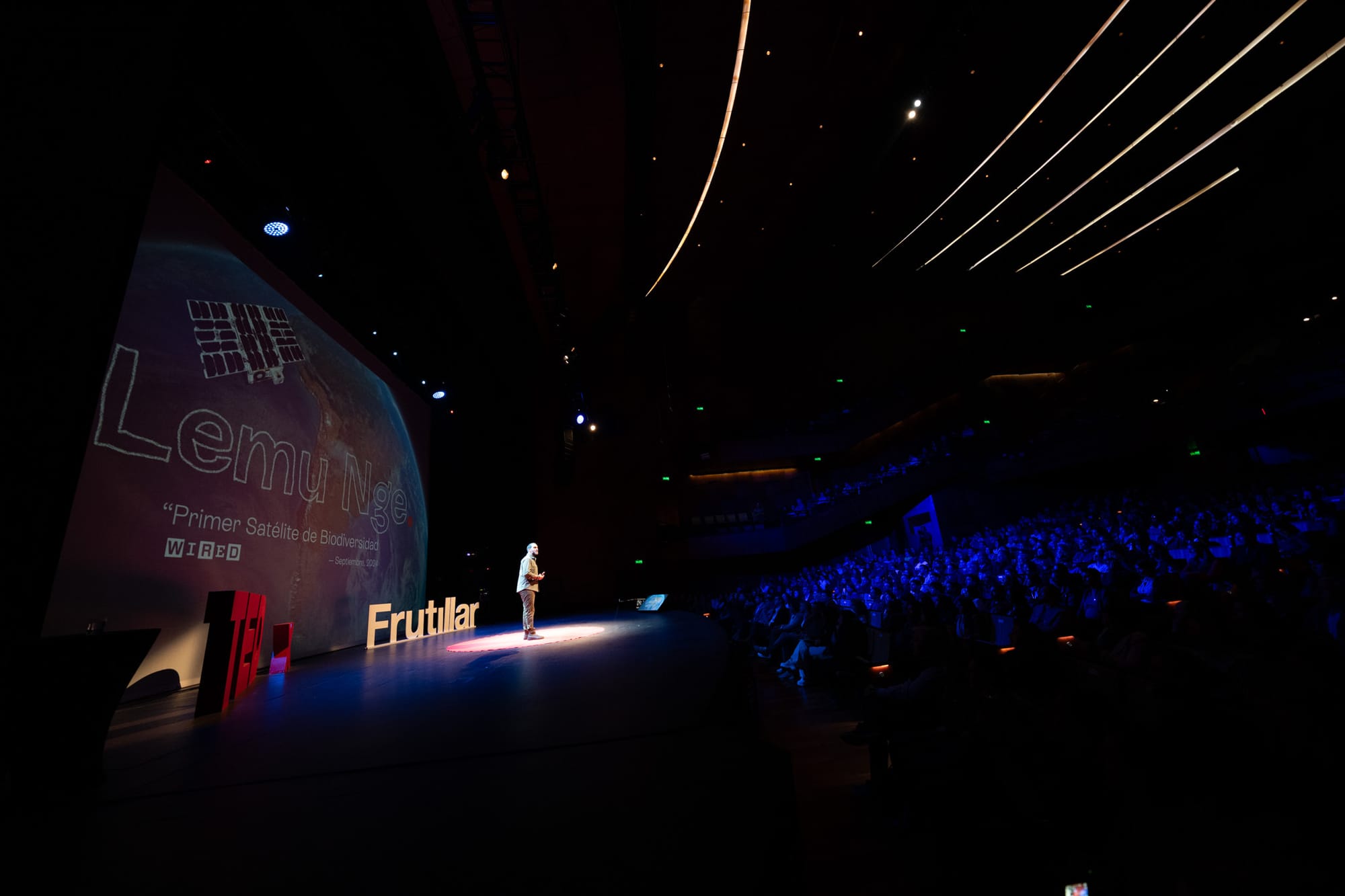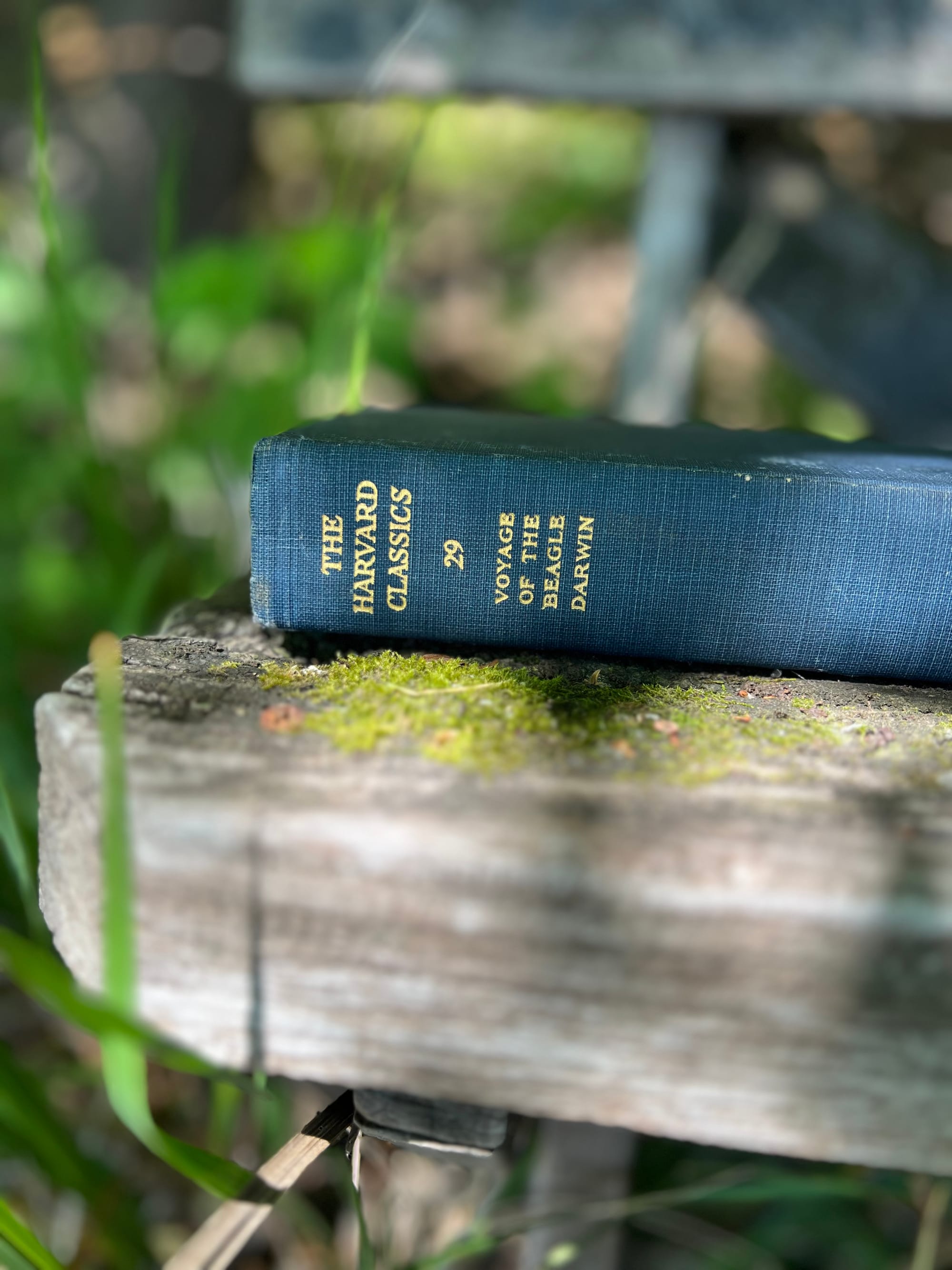Measure Centuries, Not Seconds
Choosing to measure centuries instead of seconds is not about rejecting progress but about redefining it.

In an age where every second is meticulously tracked, it’s easy to get trapped in the fast lane.
The second, as we know it, has only been a part of our collective understanding for the past 60 years—since 1967, when it was defined based on atomic vibrations. This relatively recent human construct has redefined our perception of time, narrowing our focus to the immediate and the fleeting.
For thousands of years, humanity understood time differently.
Our ancestors measured it through the natural cycles of the Earth: days marked by the sun’s path, months by the moon’s phases, and years by the steady shift of the seasons. These rhythms were woven into the fabric of life, guiding everything from agriculture to culture. They remind us that what truly matters often unfolds slowly, over centuries, not seconds.
Forests grow, rivers carve through stone, and ecosystems evolve over millennia.
The Cost of Instant Gratification
Yet, in just 2 centuries since the dawn of the Industrial Revolution, we’ve altered our planet more rapidly and profoundly than any natural force ever could. It was the Locomotive and the Telegraph that first fueled our obsession with speed, shrinking distances and accelerating communication.
This culture of haste has driven us to burn in seconds the energy that took millions of years to form, to extract resources faster than they can regenerate, and to release carbon into the atmosphere at a rate unseen in Earth’s history. Alongside these changes, our relentless pursuit of quick wins and instant gratification has led to an alarming loss of biodiversity, destabilizing ecosystems that are essential for life on Earth.
We prioritize short-term gains without pausing to consider the long-term consequences, altering the climate and pushing countless species to the brink—all in the blink of an eye on a planetary timescale.
But nature does not operate on our rushed timelines; it doesn’t care about quarterly earnings reports or stock prices updated every second.
True progress, measured over centuries, calls us to slow down, to take the long view, and to consider not just our own lifetimes but the legacy we leave behind. This perspective is crucial for addressing the environmental crises we face. When we measure time in centuries, we begin to grasp the true cost of our actions and the urgent need for change.
Deep Time
Realigning our sense of time with nature’s rhythms fosters a deeper respect for the planet’s resilience. Just as a tree takes decades to mature, ecosystems need centuries to recover from damage.
As a force of nature ourselves, we have the power to shape the future—either by continuing to erode the foundations of life on Earth or by using our immense potential to support and restore it. Our role is not to dominate but to be conscious stewards, channeling our capacity for impact to give nature the space and time it needs to flourish.
But thinking long-term doesn’t mean standing still. We need to move forward—urgently and boldly—but with patience and persistence. This patience, far from being passive, is an active choice to build a truly sustainable future, one where humanity and the planet thrive together.
Choosing to measure centuries instead of seconds is not about rejecting progress but about redefining it.
It’s about valuing the enduring over the ephemeral, the collective good over individual haste, and the health of our planet over short-term gains. It’s an invitation to align our actions with the timeless rhythms of the Earth, ensuring that our legacy is one of resilience and harmony.
Only when we measure centuries instead of seconds can we say we’ve learned to live in balance with the world that has sustained us for so long.



